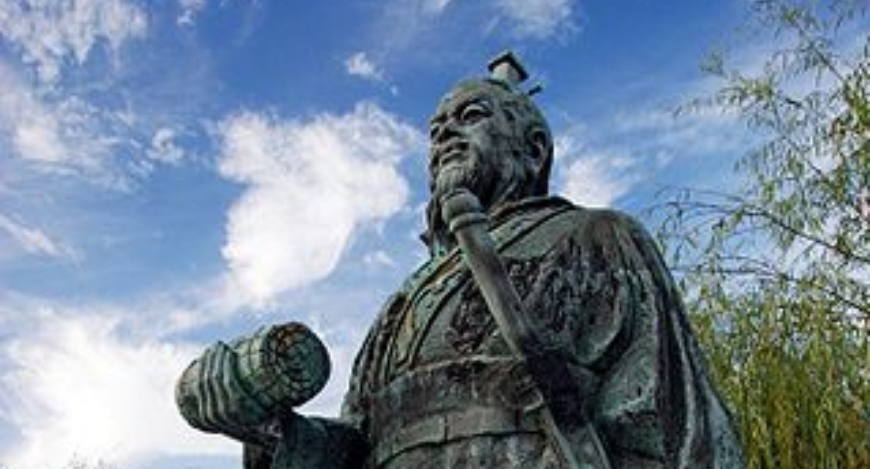Was the Chinese philosopher and military strategist Sun Tzu onto something? John Kennedy thought so.
Here’s a great example of how you can use Teach Different’s 3-Step conversation method in a unit on the Cold War in US history.
Step One: Quote and claim
Pick a theme, primary source and a quote aligned to the theme.

You’re teaching the Cold War and you think your students would be interested in the theme of fighting— when to do it and how to do it to make sure you achieve maximum benefit. Kennedy’s
Cuban Missile Crisis speech is your target primary source because it demonstrates the value of using words, not violence, to solve problems.
Ancient philosopher Sun Tzu has a provocative angle on this theme: “The supreme art of war is to subdue the enemy without fighting”
Now have the students pick apart Sun Tzu’s quote. Tell them to find the claim being made.
Example Claim: “The best way to deal with your enemies is by not fighting them.”
Step Two: Counterclaim
Now have the students articulate the counterclaims which assert competing perspectives.
Example Counterclaim: “Attacking your enemy– trying to overwhelm him– is the best path towards victory.”
Have a conversation in class over the students’ claims and counterclaims. This will be a rich discussion. It seems very counter-intuitive to claim that you can actually win over your enemies without fighting. Surely many students are under the impression that direct confrontation with others is the only way to win. Sun Tzu is offering a different perspective here, one that must somehow incorporate other means of getting your way. Encourage students to share their personal experiences during the conversation to support their views.
Step Three: Essential Question
After exploring the claims and counterclaims of the quote, slow down and think back to the primary source– Kennedy’s Cuban Missile Crisis speech. Share an essential question that draws out the theme.
Here’s one: Is fighting the best way to get what you want?

- Is it accessible? Can students understand the question easily? Does it make them want to share personal experiences? √
- Is it provocative? Does the question force students to take a stand on something and provide evidence to support their position? √
- Is it complex? Can the question be answered by multiple perspectives? √
- Is it transferable? Can the question be re-purposed to apply to different contexts? √
This question pulls students into an interesting conversation about the value of fighting and violence as a solution to problems.
Having the conversation before sharing the primary source is a great way to engage the students’ ideas on fighting so that they are emotionally invested in the primary source. Students now have the tools to explore the historical importance of Kennedy’s decision and connect all of it to their own personal experiences.
Other posts you may like:
“Your silence will not protect you.” Audre Lorde
“Right makes Might” Abraham Lincoln
—————————————————————–





